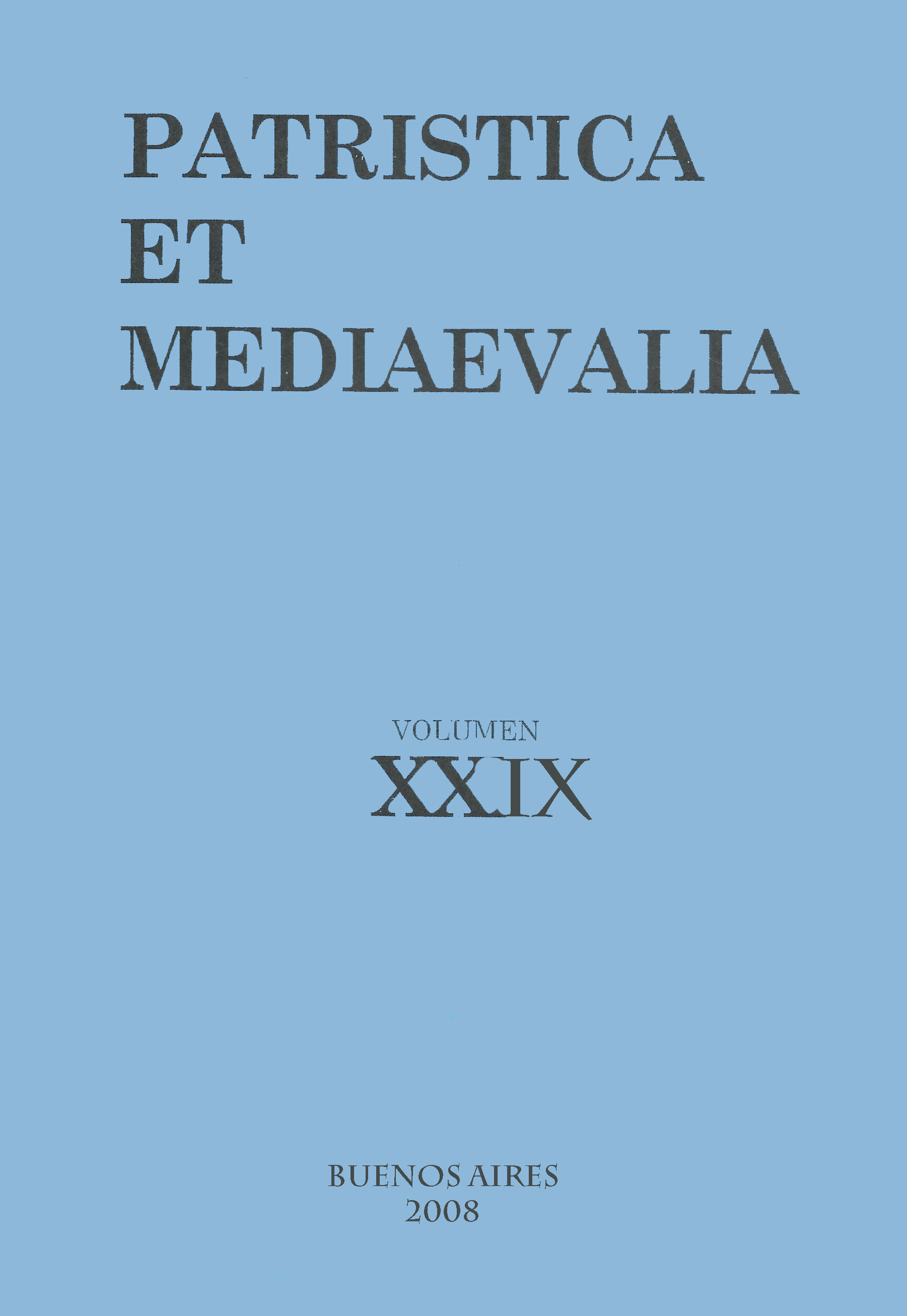Some news on the making of the Sachsenspiegel and its Mediaeval Glosses
Abstract
The Sachsenspiegel, written between 1220 and 1235 by Eike von Repgow, first vernacular legal prose of German-speaking lands, is considered one of the most important sources of medieval legal, political and cultural history. There is hardly any book on medieval law and society that would not use iconographical material from one of the four brilliantly illustrated manuscripts dating from the 14th and 15th centuries -the Dresdener, Heidelberger and the Wolfenbiitteler manuscripts are now available online- or cite regulations on some of the wide-ranging subjects of the Sachsenspiegel such as procedural, criminal, family, succession and constitutional law. Phrases like "God is Law itself' (Preface 1) or the author's interpretation ofthe doctrine of the two swords (Book I, 1.) have captured the attention of generations of historians oflaw and political thought. Still, there remain a lot of doubts about the making and the character of the Sachsenspiegel.Downloads
References
Kannowski, B. (2006). Der Sachsenspiegel und die Buch’sche Glosse - Begegnung deutschrechtlichen und romanistischen Rechtsdenkens? In Dilcher, G. & Distler, E. M. (Hrsg.). Leges-Gentes-Regna. Zur Rolle von germanischen Rechtsgewohnheiten und lateinischer Schrifttradition bei der Ausbildung der frühmittelalterlichen Rechtskultur. Berlin: Erich Schmidt Verlag, 503-521.
Kannowski, B. (2006). Zwischen Appellation und Urteilsschelte. Über das Rechtsdenken des Johann von Buch. Zeitschrift der Savigny-Stiftung für Rechtsgeschichte, Germanistische Abteilung, 123, 110-134.
Kaufmann, F. M. (Hrsg.) (2002). Glossen zum Sachsenspiegel-Landrecht. Buch’sche Glosse, Monumenta Germaniae Historica, Fontes iuris Germanici antiqui, Nova series, 3 vols., Hannover.
Kaufmann, F. M. (Hrsg.). (2006). Glossen zum Sachsenspiegel-Landrecht. Die kürzere Glosse, Monumenta Germaniae Historica. Fontes iuris Germanici antiqui, Nova series, 8, 2 vols., Hannover.
Landau, P. (2004). Walter von Coutances und die Anfänge der Anglo-normannischen Rechtswissenschaft. In Condorelli, O. (ed.). Panta Rei. Studi dedícate a Manlio Bellomo, vol. 3. Roma: Il Cigno Edizioni, 183-203.
Landau, P. (2005). Der Entstehungsort des Sachsenspiegels. Eike von Repgow, Altzelle und die anglo-normannische Kannonistik. Deutsches Archiv zur Erforschung des Mittelalters, 61, 78-101.
Landau, P. (2005). The Importance of Classical Canon Law in Scandinavia in the 12th and 13th Centuries. In Tamm, D. & Vogt, H. (comp.). How Nordic are the Nordic Medieval Laws? Proceedings from the First Carlsberg Conference on Medieval Legal History. Copenhagen: Djoef Publishing, 24-39.
Lück, H. (1999). Über den Sachsenspiegel. Entstehung, Inhalt und Wirkung des Rechtsbuches (Veröffentlichungen der Stiftung Schlösser, Burgen und Gärten des Landes Sachsen-Anhalt, 1). Halle.
Meyer, Christoph, H. F. (2003). Langobardisches Recht nördlich der Alpen. Unbeachtete Wanderungen gelehrten Rechts im 12.-14. Jahrhundert. Tijdschrift voor Rechtsgeschiedenis, 71, 387-408.
1. The authors who publish in this magazine accept the following conditions:
-
They retain the copyright and grant to the magazine the right of the first publication, with the work registered under the Attribution-ShareAlike 4.0 International License that allows third parties to use what is published as long as they mention the authorship of the work and the first publication in this magazine.
-
They can make other independent and additional contractual agreements for the non-exclusive distribution of the version of the article published in this magazine (eg. include it in an institutional repository or publish it in a book) provided that they clearly indicate that the work was first published in this journal.
-
They are allowed and recommended to publish their work on the Internet (for example on institutional or personal pages).
2. AutoArchive Conditions. Authors are allowed and encouraged to distribute post-print electronic versions of their manuscripts because it promotes their circulation, a possible increase of quotation and a major reach among the Academic community. Color RoMEO: blue.













